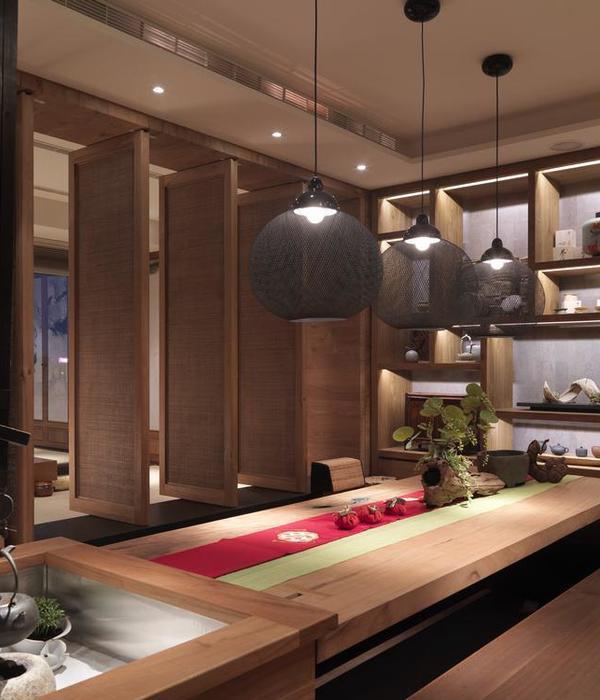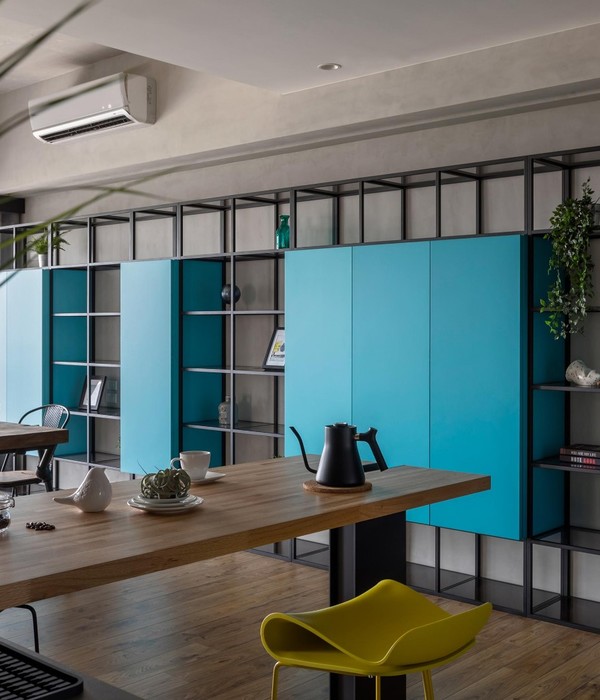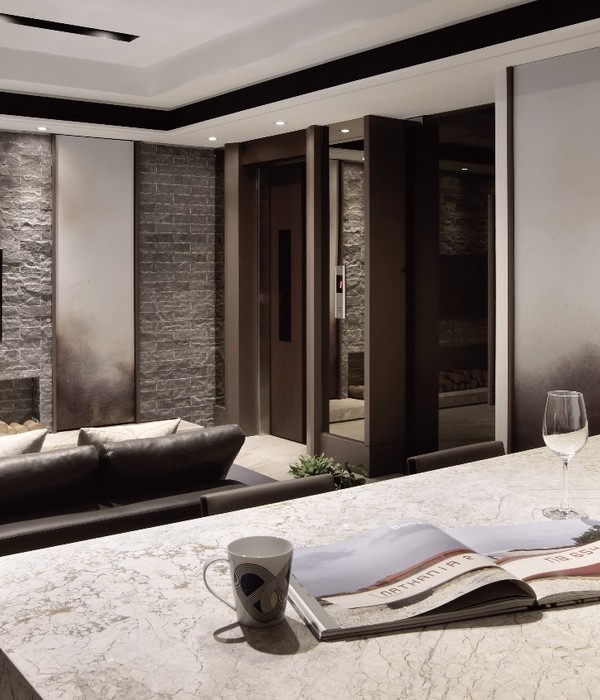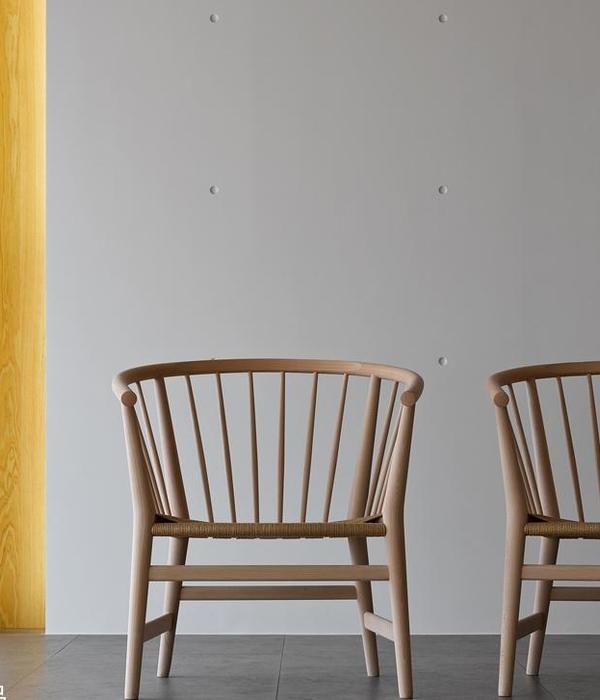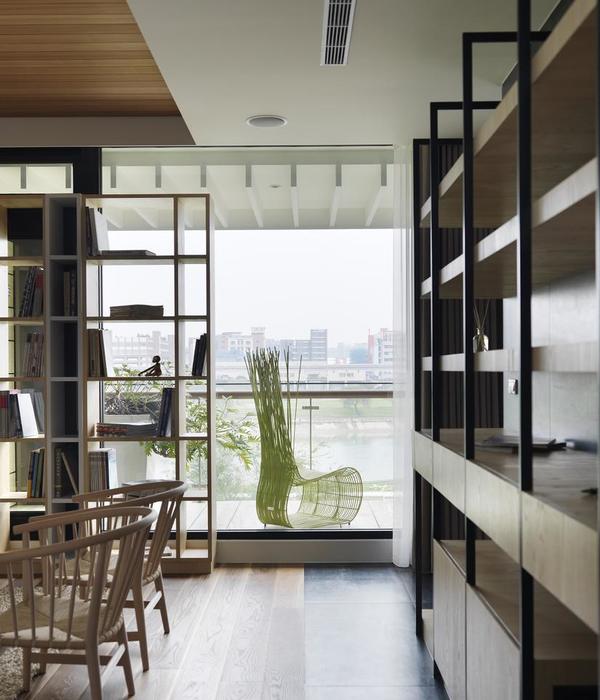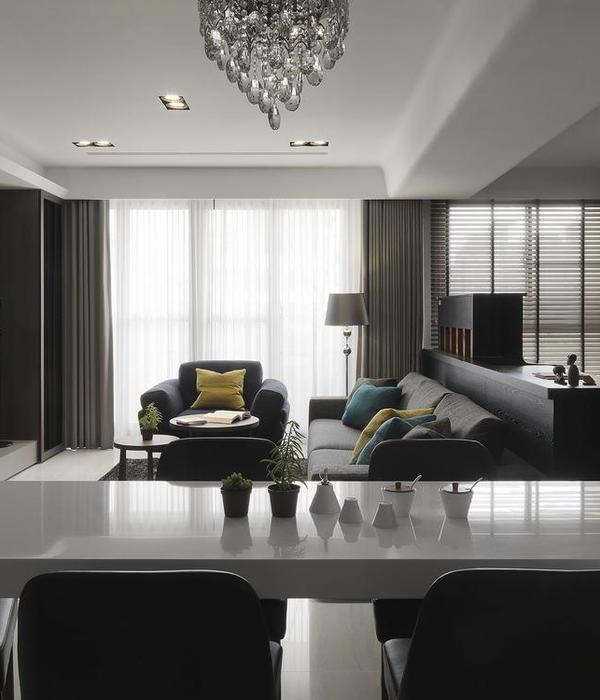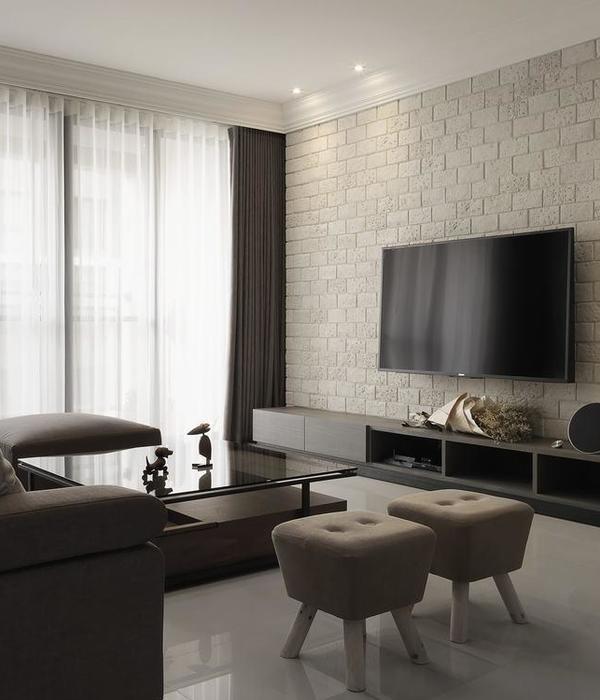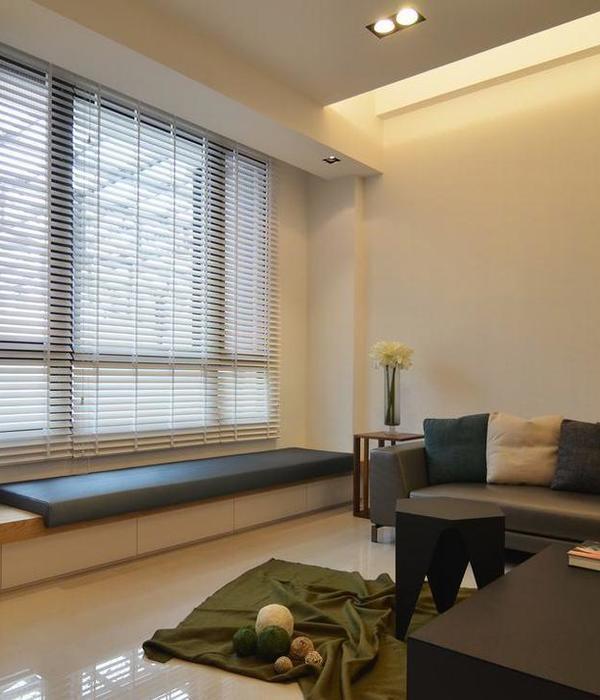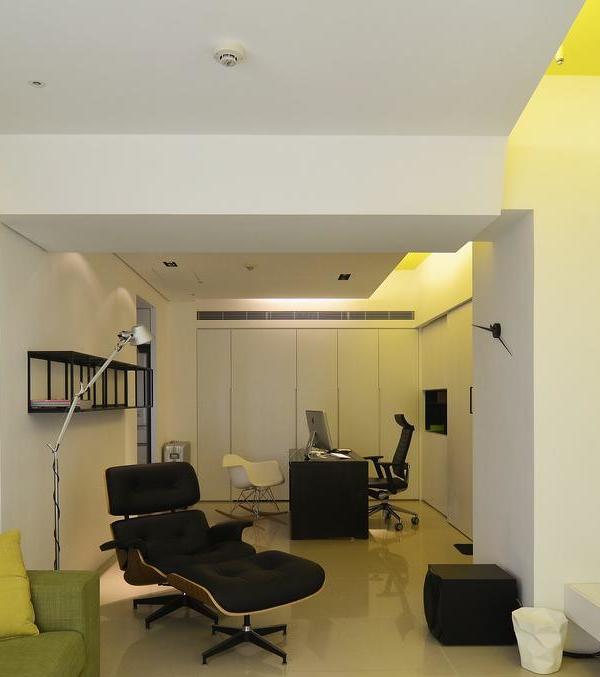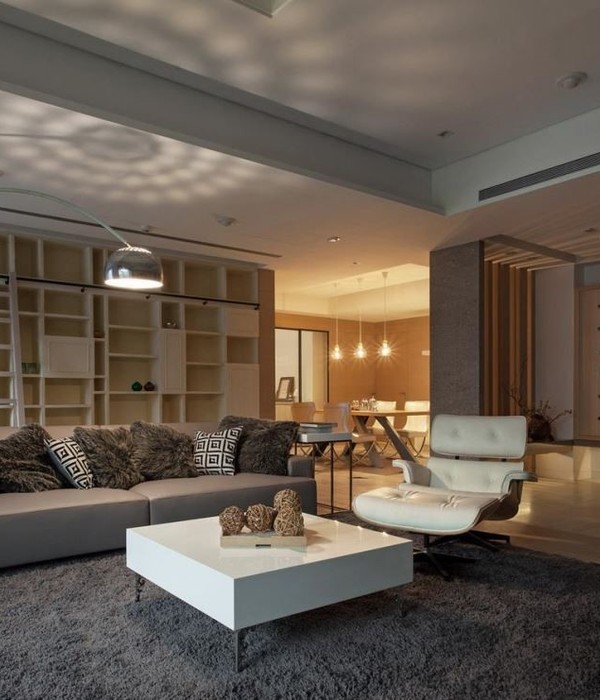Niels Strøyer Christophersen set up multi-disciplinary design practice Frama in 2012, embedding the virtues of minimal design, high-quality craftsmanship, and timelessness at the core of the studio’s approach. The brand’s output covers everything from candlesticks to daybeds, books to fragrances, and residential spaces to store fit outs, all of which are executed with a proclivity towards natural materials and simplicity of form.
Niels restored his house – a 1905 watchmaker’s store a 10-minute walk from Frama’s studio in Copenhagen’s Østerbro neighbourhood – appears as a sort of physical manifesto for his design approach, a place where the analogue, natural, and patinated are celebrated and its beauty is a bi-product of the time, thought, and consideration gone into it (Niels considers the pursuit of aesthetic beauty lacking in depth).
Here, Niels runs us through the ideas that drive Frama, how he went about renovating his home, and reflects on plainness, simplicity, and permanence.
“I’m someone who doesn’t mind not being visually stimulated the whole time. Some people are offended by white walls and minimal furniture, but I have to ask why we feel the need to be so distracted the whole time?“It seems like whether it be co-working spaces, restaurants, hotels, or gyms, they’re all designed these days to be cosier and more inviting than our homes, which begs the question, what does that mean our own homes should look like? I don’t have the answer, but it’s interesting to think what our homes should do or provide if we can potentially find something more homely outside the house. Maybe we are scared of where a lack of distractions will take our minds, what ideas we will have?“I moved into my house in 2012. I was featured in an article back then with the headline, ‘Vesterbro is becoming to hipster’ and that was my prompt to move away from that neighbourhood.“I found my current flat in Østerbro and liked it because it’s on the ground floor. It’s a former watchmaker’s shop, and I suppose the owners would have lived in the back.“When I moved in, I was feeling super liberated and free, and, because I don’t have children, I could spend lots of time working on it – there was no rush to get it done as soon as possible.“Most of my work has been about asking what is the least I could fill it with, and removing things, stripping them back. I was looking at the decorative woodwork around the door frames and asked to myself, ‘Why is this there? What do I need it for?’ I took it off and realised the door had a much more subtle, elegant frame behind the wood.“Then, on the walls, I stripped back the concrete and put on a plaster board. I had some leftover green plaster and applied it up to a certain height, where the original wallpaper would have run up to. I think it works really well and, what’s funny is that a few years later I uncovered an original part of the wall which was decorated in a very similar green – it was a nice moment.“Someone said to me recently that there is no colour in Frama, and at first I thought they were right but then I looked around me over the course of a couple of days and realised that there is a lot of colour, they’re just drawn from natural materials, and are muted and gentle, rather than bold and attention-grabbing.“The same palette carries over to my home, which is a very analogue space and where there is no plastic in the kitchen, except maybe one pasta utensil. That was an active decision, to only have wooden and metal things, that are gentle on the eye and patina nicely.“People seem to fill their kitchens unknowingly with bright gadgets and utensils – red bowls, green silicone utensils, or whatever – and I’m not saying that a red plastic bowl isn’t perfect for someone out there, I’m just asking whether people have thought about what they really want in their home, and also the small ways it is impacting them.“Frama is not interested in following seasonal themes and trends. For us, consistency is very crucial, whereas most furniture makers or design brands will change their products at least yearly – whether that be form, material, colour – or discontinue lines, in an endless cycle of new things. We’re interested in things that are a lot more permanent and long-lasting than that, because I think there is a
{{item.text_origin}}

